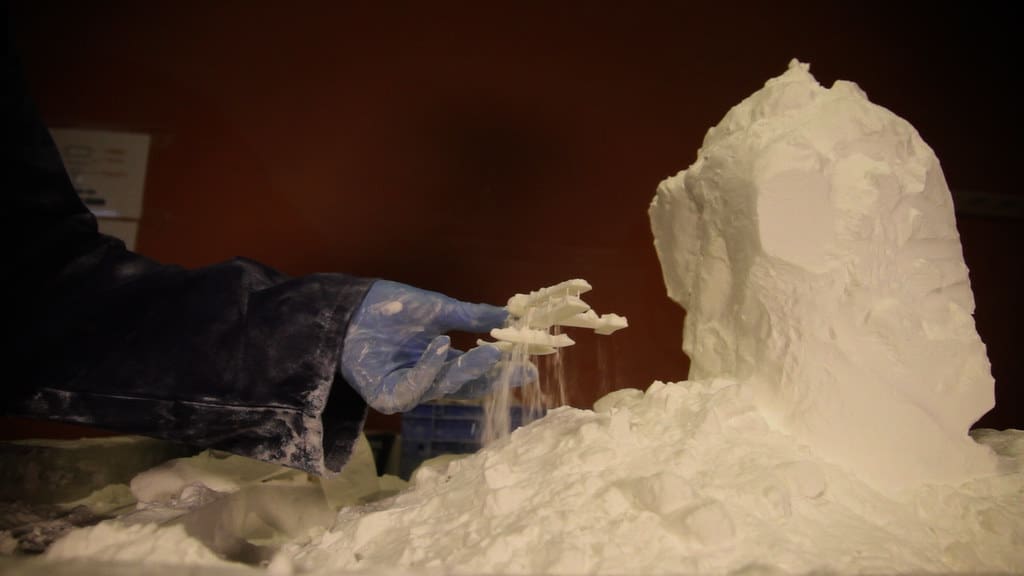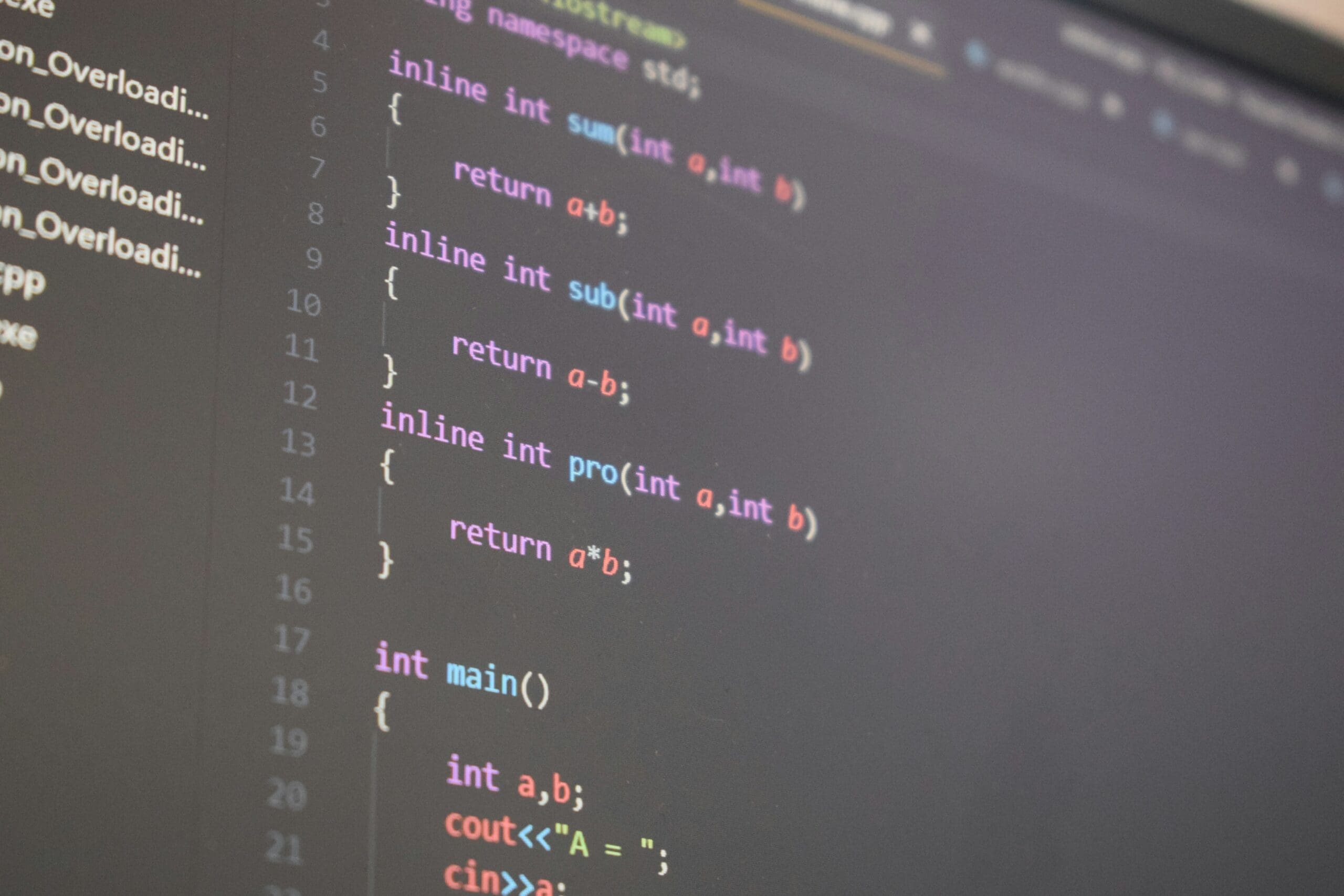In the domain of powder-based 3D printing, such as Selective Laser Sintering (SLS) and Direct Metal Laser Sintering (DMLS), the efficient management of powder materials is crucial. The powder recovery system is a key component that enables the recycling and reuse of unused powder, ensuring that the 3D printing process is both cost-effective and environmentally friendly. This article explores the importance, functionality, and maintenance of the powder recovery system, highlighting its role in enhancing the operational efficiency and sustainability of 3D printing practices.
Importance of the Powder Recovery System in 3D Printing
Material Efficiency: The powder recovery system helps reduce waste by collecting and reconditioning unused powder for future prints, which is especially important given the high cost of specialized printing powders.
Cost Reduction: By recycling powder, the system decreases the need for new material purchases, directly impacting the overall cost of operations and making high-quality 3D printing more accessible.
Environmental Impact: Reducing powder waste not only cuts operational costs but also minimizes the environmental footprint of 3D printing, aligning with sustainable manufacturing practices.
Print Quality: Properly recovered and reconditioned powder maintains the quality of prints, ensuring that reused materials perform as well as virgin powders.
Components of the Powder Recovery System in 3D Printers
Collection Mechanism: Includes vacuums or other suction systems designed to capture loose powder from the build chamber and surrounding areas.
Filtering Units: Critical for removing contaminants and clumps from the used powder, ensuring that only particles of the desired size and quality are recycled.
Storage Containers: Temporarily hold the recovered powder before it is either reused or disposed of. These containers must be designed to prevent contamination and preserve the quality of the powder.
Mixing and Conditioning Equipment: Homogenizes the recovered powder with virgin powder, if necessary, and conditions it to meet the optimal flow and packing characteristics required for printing.
Control System: Manages the operation of the recovery system, including the activation of collection mechanisms, filtering processes, and the transfer of powder to storage or back to the printer.
Installation and Calibration of the Powder Recovery System
Proper Installation: Ensuring that all components of the powder recovery system are correctly installed and integrated with the printer’s main systems is crucial for effective operation.
Calibration: Regular calibration of the system is necessary to maintain its efficiency. This includes adjusting suction levels, filtering systems, and the mixing ratios of recovered to virgin powder.
Testing: Conducting tests to verify that the recovery system effectively cleans and reconditions the powder to meet required specifications is essential for maintaining print quality.
Maintenance and Optimization of the Powder Recovery System
Regular Cleaning: To ensure consistent performance, the recovery system’s components, especially filters and conveyors, need regular cleaning to prevent clogging and ensure efficient operation.
Filter Replacement: Filters that are worn out or damaged must be replaced promptly to maintain the quality of the recovered powder.
System Checks: Routine inspections of the mechanical and electronic components of the system help identify wear and potential failures before they impact the system’s functionality.
Software Updates: Keeping the control software updated can improve the efficiency of the powder recovery process, potentially introducing more effective recovery algorithms or better integration with printer operations.
Challenges and Solutions
Powder Degradation: Repeated recycling can degrade the properties of the powder. Implementing strict quality control measures and limiting the number of times powder is recycled can help maintain its quality.
Contamination Control: Preventing contamination during recovery is critical. Enhancing sealing and isolation of the recovery system can minimize the risk of introducing impurities.
Efficiency Improvement: Continuously optimizing the recovery process to increase the yield of reusable powder is crucial. This might involve refining filtering techniques or improving the precision of the collection mechanisms.
The powder recovery system is a vital component in powder-based 3D printing technologies, contributing significantly to cost efficiency, environmental sustainability, and material management. Effective management and meticulous maintenance of this system are essential for maximizing the performance of 3D printers and ensuring the production of high-quality prints. By understanding and optimizing the function and maintenance of the powder recovery system, users can achieve improved operational reliability and enhanced print quality, making the most of their 3D printing resources.








